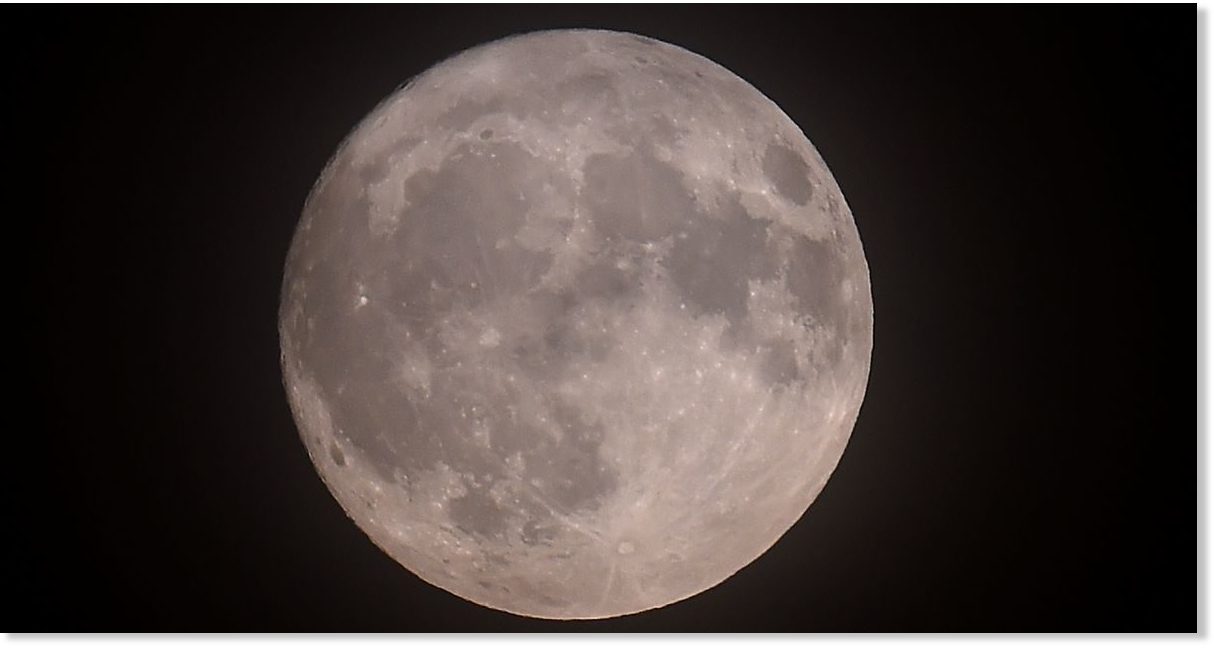Hi_Henry
The Living Force
NASA's great exploration effort to the Moon recently (2009) was called the Lunar Reconnaissance Orbiter
It flew at around 50 km above the surface of the Moon.
Now that is amazing resolution in the New Century !!!! But wait, it had a better camera. According to a 2011 articles we learn,
Space, the final frontier
But hold it. NASA says something different,
Where are the high res photos NASA ? Is the altitude the issue in getting higher resolution ? Well here was a chance for NASA to shut all those liars who don't "believe" but the chance was not taken. But wait, lookee here.
Ah so it was possible to fly lower but not over Apollo sights !!!!!
Now lets look what can be done when looking at the Earth through its dirty atmosphere. Here is one satellite I found in my GooGoo search. Its name is GeoEye-1. Love that name

So what resolution can this little beast reach at around 600 km ?
KH
Now a little SNL puffy pastry,
Preservation
It flew at around 50 km above the surface of the Moon.
The LROC camera has helped scientists stitch together an incredibly detailed photographic mosaic of Earth's nearest neighbor. This global map, which was unveiled in March, covers the moon from pole to pole with a resolution of 328 feet (100 meters) per pixel.
Now that is amazing resolution in the New Century !!!! But wait, it had a better camera. According to a 2011 articles we learn,
LROC also has two higher-resolution cameras, which have photographed much of the lunar surface at 1.5 feet ( 0.5 m) per pixel. With such detailed views, researchers can see interesting features on the moon, such as odd natural bridges. And they can spot the marks that humanity has left behind.
Space, the final frontier
But hold it. NASA says something different,
NASA knows bestThe orbiter's current elliptical orbit resulted in image resolutions from the NACs that were slightly different for each site but were all about four feet per pixel. Since the deck of the descent stage is about 14 feet in diameter, the Apollo relics themselves fill about four pixels.
Where are the high res photos NASA ? Is the altitude the issue in getting higher resolution ? Well here was a chance for NASA to shut all those liars who don't "believe" but the chance was not taken. But wait, lookee here.
In May 2015, LRO's orbit was altered to fly 20 km (12 mi) above the Moon's south pole, allowing higher resolution data to be obtained from the Lunar Orbiter Laser Altimeter (LOLA) and Diviner instruments over the permanently shadowed craters there.[47]
Ah so it was possible to fly lower but not over Apollo sights !!!!!

Now lets look what can be done when looking at the Earth through its dirty atmosphere. Here is one satellite I found in my GooGoo search. Its name is GeoEye-1. Love that name

So what resolution can this little beast reach at around 600 km ?
What could KH sats do way back in Stoneage at altitudes hundreds of km above the Earth ? Read for yourself.
KH
Now a little SNL puffy pastry,
LAS CRUCES, New Mexico — NASA has begun drafting guidelines to protect the Apollo 11 and Apollo 17 landing sites, listing them as off-limits, and including ground-travel buffers and no-fly zones to avoid spraying rocket exhaust or dust onto aging, but historic, equipment.
Preservation


